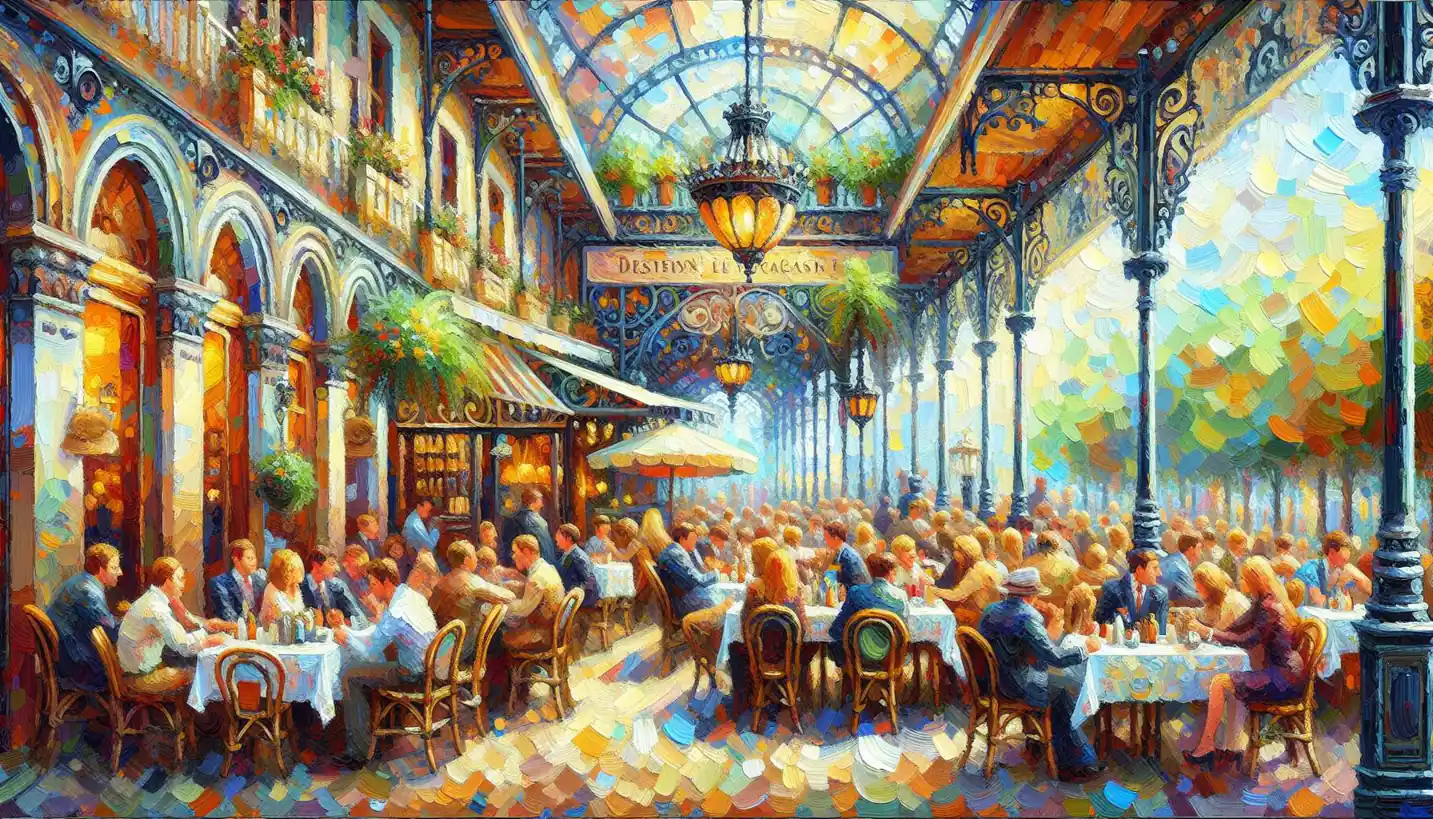· Art · 4 min read
Happenings: A Journey into the World of Performance Art
Happenings invite participation, blending spontaneity with performance art. Explore this dynamic art form where every event is a unique creation.

Performance art has always been a fascinating medium, with its roots weaving through the history of creativity and human expression. One particularly intriguing concept within this realm is “Happenings.” These events defied traditional boundaries, merging art with life, and encouraging audiences to see the world in new and unexpected ways.
Happenings emerged in the 1950s and 60s, a time when cultural and social norms were being challenged and redefined. Artists like Allan Kaprow, the pioneer of this movement, envisioned art that was not confined to the static and silent world of galleries. Instead, he sought to bring art into everyday life, making it accessible and engaging in a way that was unprecedented.
One of the simplest ways to understand Happenings is to think of them as live, interactive performances. Picture entering an art gallery, but instead of just admiring paintings on the walls, you find yourself part of a surreal, live story. It’s like stepping into a movie, but there’s no script, no predefined characters. You’re encouraged to interact, participate, and sometimes even alter the course of the event.
In a typical Happening, the line between artist and audience blurs. This was precisely the goal, to break down the wall between those who create art and those who consume it. Kaprow and other artists of the movement would use everyday objects, body movements, and sounds to construct experiences that were multifaceted and immersive. These events could happen anywhere—a street, a field, an abandoned warehouse—any place where people could gather and become part of the unfolding narrative.
Happenings are closely tied to the idea of spontaneity. They often have an outline or theme, but much of the event is left to chance and the interactions that occur. Imagine being in a space where art happens around you organically, influenced by the elements, the mood of the participants, and the current social climate. This unpredictability was a hallmark of the movement, highlighting the dynamic nature of life itself.
The element of surprise in Happenings drew people in, making them curious about what could unfold in such a liberated space. Whether it was a silent march with everyone wearing the same colorful clothes or an abstract, impromptu dance in a park, every Happening offered a unique experience. The messaging was often subtle, encouraging participants to make connections and derive personal interpretations.
Part of the allure of Happenings was their temporal nature. Once they were over, they existed only in the memories of those who experienced them. This ephemeral quality made each event special and irreplicable. It was a moment in time, a shared experience that left an impact far beyond physical display.
Now, why do Happenings matter? What’s their significance in the grand tapestry of art? In breaking down conventional art boundaries, Happenings invited people to think differently about the definition of art. They challenged the passive consumption of art by making participants active contributors. This democratization of art meant an expanded platform for expression and creativity.
Moreover, Happenings reflected the cultural shifts and upheaval of their time, symbolizing a break from the past and a step into a future where art was fluid, accessible, and entwined with life’s chaos and beauty. They were a response to the structured and, at times, elitist nature of traditional art settings, offering an alternative that was inclusive and vibrant.
Today, the legacy of Happenings can be seen in various forms of interactive and immersive art. From multimedia installations to virtual reality experiences, the spirit of Happenings lives on as artists continue to push boundaries, inviting audiences to step into their creations physically and emotionally.
In essence, Happenings were not just events; they were movements of thought, driven by the power of creativity to transform perspectives. They taught us that art is not just something to observe but something to live and experience. Through their spontaneity and inclusivity, Happenings made art an integral part of the human experience, urging us all to view the world as a canvas, rich with possibilities.



